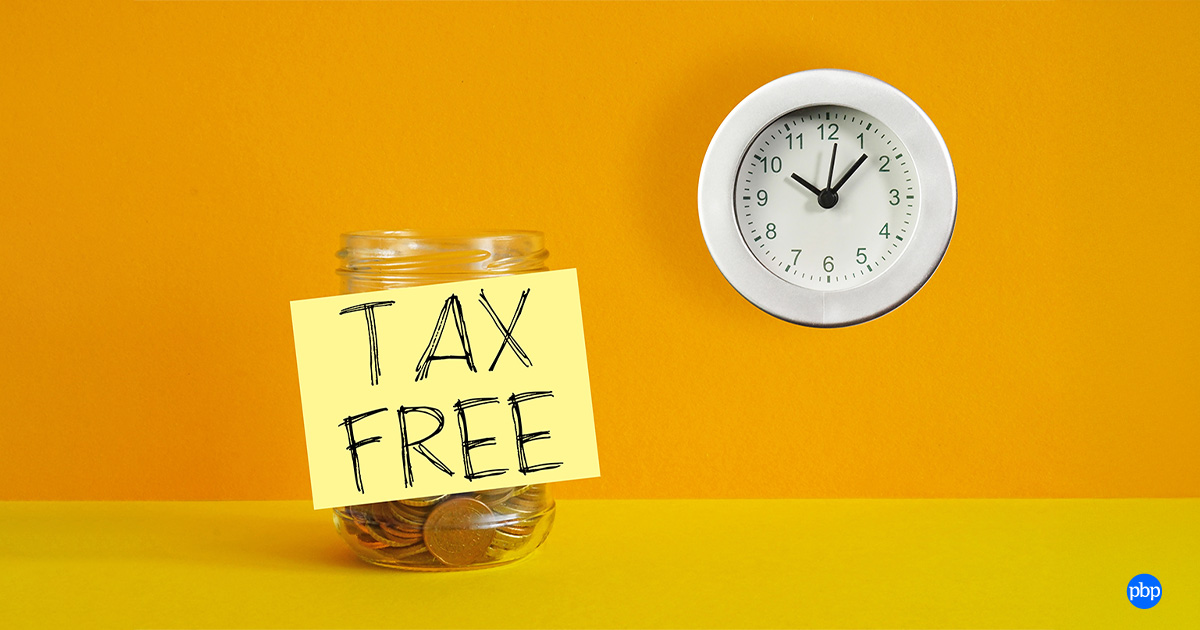In the latest Union Budget 2025, a significant change to the tax system offers much-needed relief for the middle class. Under the new rules, if your income is below Rs.12 lakhs, you won’t pay any tax. However, earning just a little more doesn't always mean extra benefits, as it could lead to higher tax liabilities. Thankfully, marginal relief ensures that small increases in income won’t result in a disproportionate spike in your tax burden.
In this blog, we will Explore
- Marginal Relief
- How can you Lower Your Taxable Salary if it exceeds 12.75 Lakhs?
What is Marginal Relief?
One of the most significant changes announced in the new tax regime is marginal relief. Save the individual from a steep tax increase when your income exceeds Rs.12 Lakh. In simple terms, marginal relief ensures that the tax burden does not rise disproportionately when your income crosses a certain limit.
How Marginal Relief Works?
Let’s break this down with an example:
|
Income (Rs) |
Tax Liability (Rs) |
Increase in Income |
Increase in Tax Liability |
|
₹12,00,000 |
NIL |
NIL |
NIL |
|
₹12,10,000 |
₹61,500 |
₹10,000 |
₹61,500 |
Example 2
|
Gross Taxable Income |
₹14,00,000 |
|
Deductions Claimed
|
₹1,75,000 |
|
Net Taxable Income |
₹12,25,0000 |
|
Rebate under Section 87A |
Not Applicable |
|
Tax Liability (Without Marginal Relief) |
₹63,750 |
|
4% Cess on Tax |
₹1,000 |
|
Final Tax Payable |
₹26,000 |
|
Marginal Relief Applicable Up To |
₹12,75,000 |
|
Beyond ₹12.75 lakh |
Full Tax as per New Slabs |
How can you Lower Your Taxable Salary if it exceeds ₹12.75 Lakhs as per the above scenarios mentioned?
1. Reduce Tax Burden with Employer Contributions to NPS
If you're in the marginal relief zone and looking for ways to lower your tax liability, employer contributions to the National Pension Scheme (NPS) can be a smart option. Under the new tax regime, these contributions qualify for tax deductions, helping you save more.
Employer's contribution towards NPS of an employee is eligible for a tax deduction of up to 10% of salary, i.e. basic , or 14% of salary if such contribution is made by the Central Government under Section 80CCD(2) beyond the Rs.1.5 lakh limit provided under Section 80CCE.
2. Claim Deductions for Health Insurance (Section 80D)
Under Section 80D, premiums paid for health insurance for yourself, your family, and your parents are eligible for tax deductions. You can claim Rs 25,000 for insuring yourself, your spouse, and your children. Additionally, if you are insuring senior citizen parents, you can claim an extra Rs 50,000 in deductions. This not only helps in reducing your taxable income but also provides the added benefit of securing health coverage for you and your loved ones.
3. You can opt for Voluntary Provident Fund (VPF)
You can make Voluntary Provident Fund (VPF) contributions beyond the mandatory Employee Provident Fund (EPF) deductions, and these contributions are eligible for tax deductions under Section 80C. This helps in reducing your taxable income while also building a larger retirement corpus. Additionally, gratuity benefits are generally tax-exempt under specific conditions, further lowering your overall taxable income and providing you with added financial security in the long run.
4. Invest in Tax-Saving Instruments under Section 80C
You can invest in tax-saving instruments to claim deductions under Section 80C, which allows for a maximum deduction of Rs 1.5 lakh. Some popular options include:
- Public Provident Fund (PPF)
- Equity-Linked Savings Schemes (ELSS)
- National Savings Certificates (NSC)
- Tax-saving Fixed Deposits (FDs)
- Sukanya Samriddhi Yojana (if you have a daughter)
To Sum Up
The latest budget brings in helpful changes like tax rebates and marginal relief to lower the tax burden, especially for people earning just above the ₹12 lakh limit. By taking advantage of these Tax-saving investment schemes—such as asking your employer to contribute more to your NPS, claiming deductions for health insurance, contributing to a Voluntary Provident Fund (VPF), and investing in tax-saving investment schemes under Section 80C—you can manage your taxable income and reduce your tax payments.
FAQs on New Income Tax Exemptions
How much FD interest is tax-free?
If your yearly FD interest is below Rs 40,000, it's TDS exempt. For interest above Rs 40,000, TDS is 10%, or 20% if you lack a PAN card.
Is there any way to avoid tax on amounts exceeding Rs 12.75 Lakh?
The tax-free benefit is fixed only for the first Rs 12.75 Lakh. Any amount beyond that is governed by standard tax regulations. However, you may explore legal tax-saving avenues or consult with a tax advisor to potentially minimize your overall tax liability.
What does “Tax-Free Up to Rs 12.75 Lakh” mean?
It means that any amount received—whether as a benefit, commission or claim—up to Rs 12.75 Lakh is exempt from tax. You receive the full value without any tax deductions on that portion.









